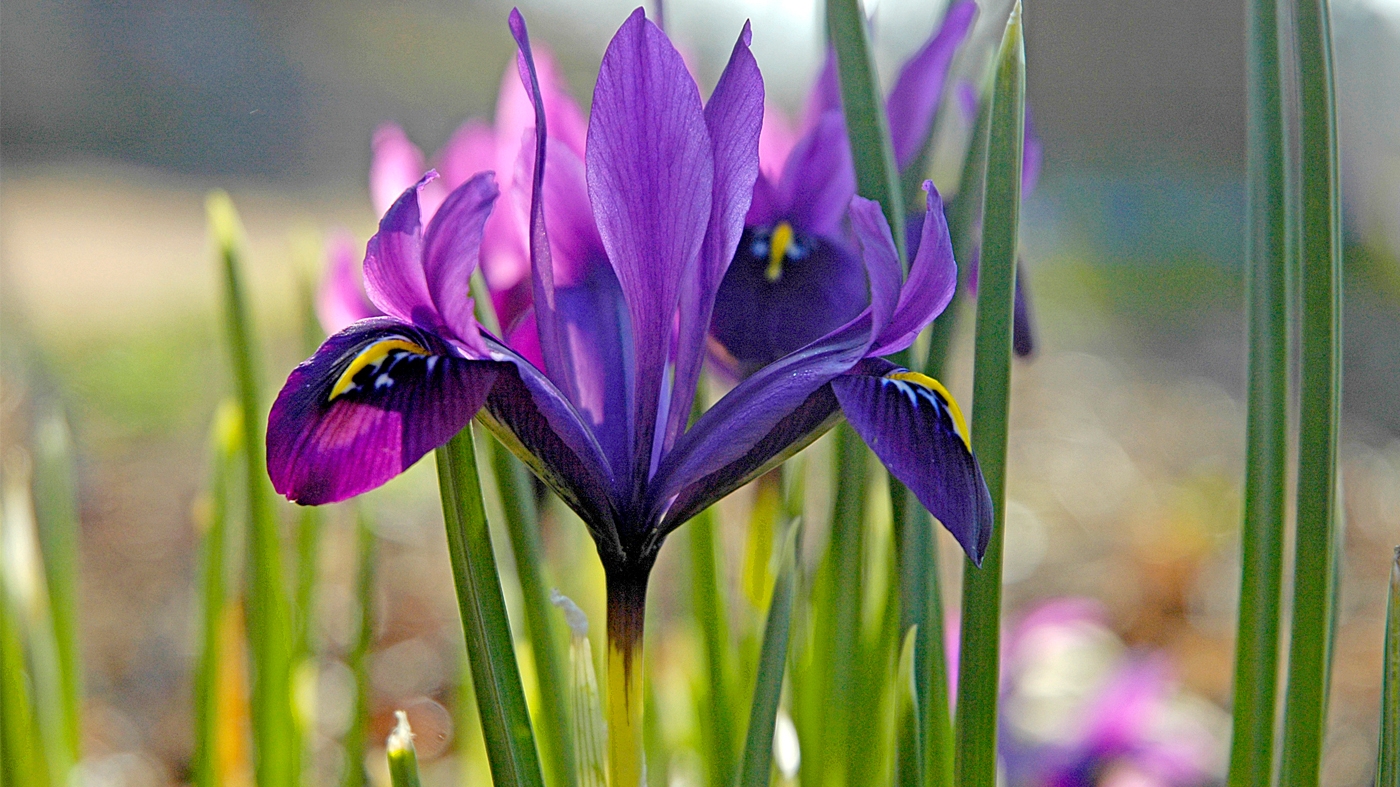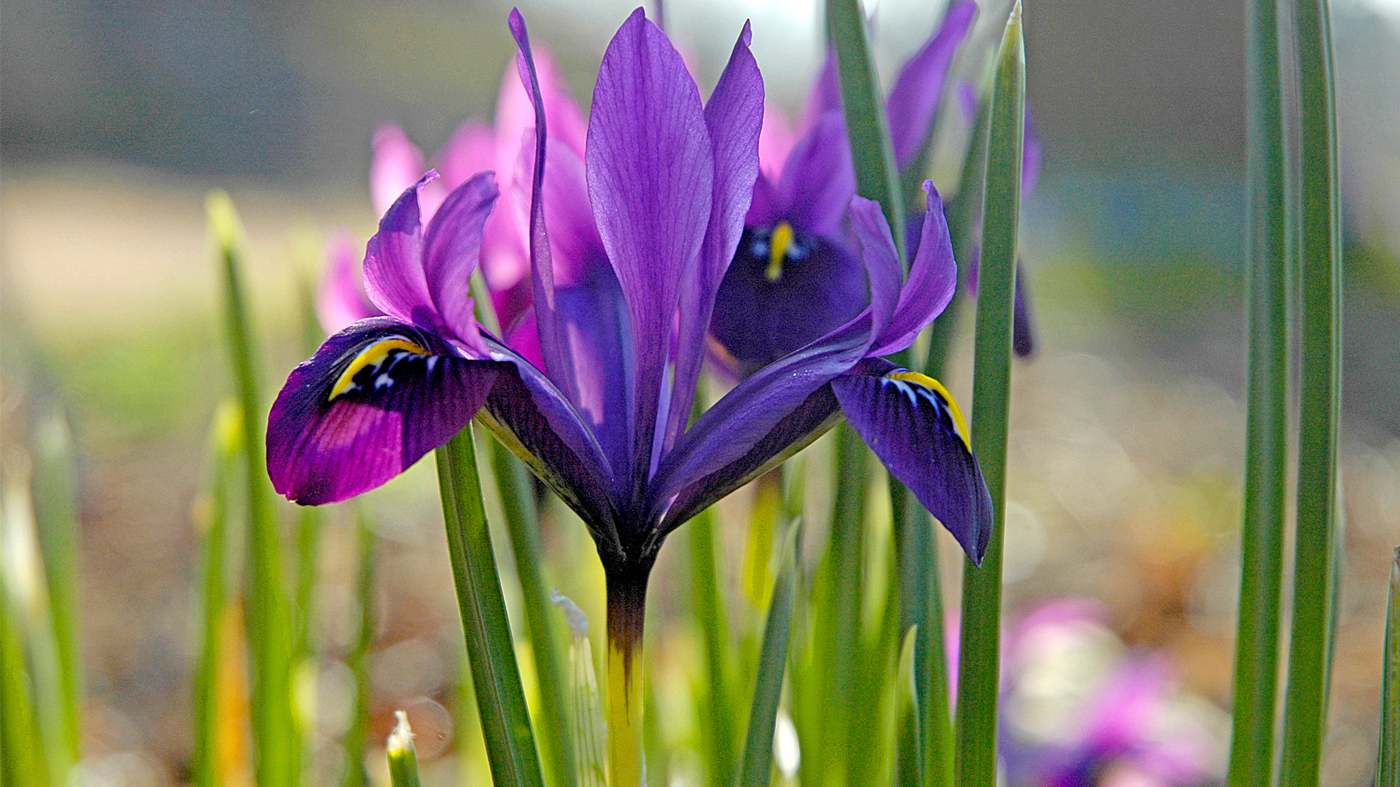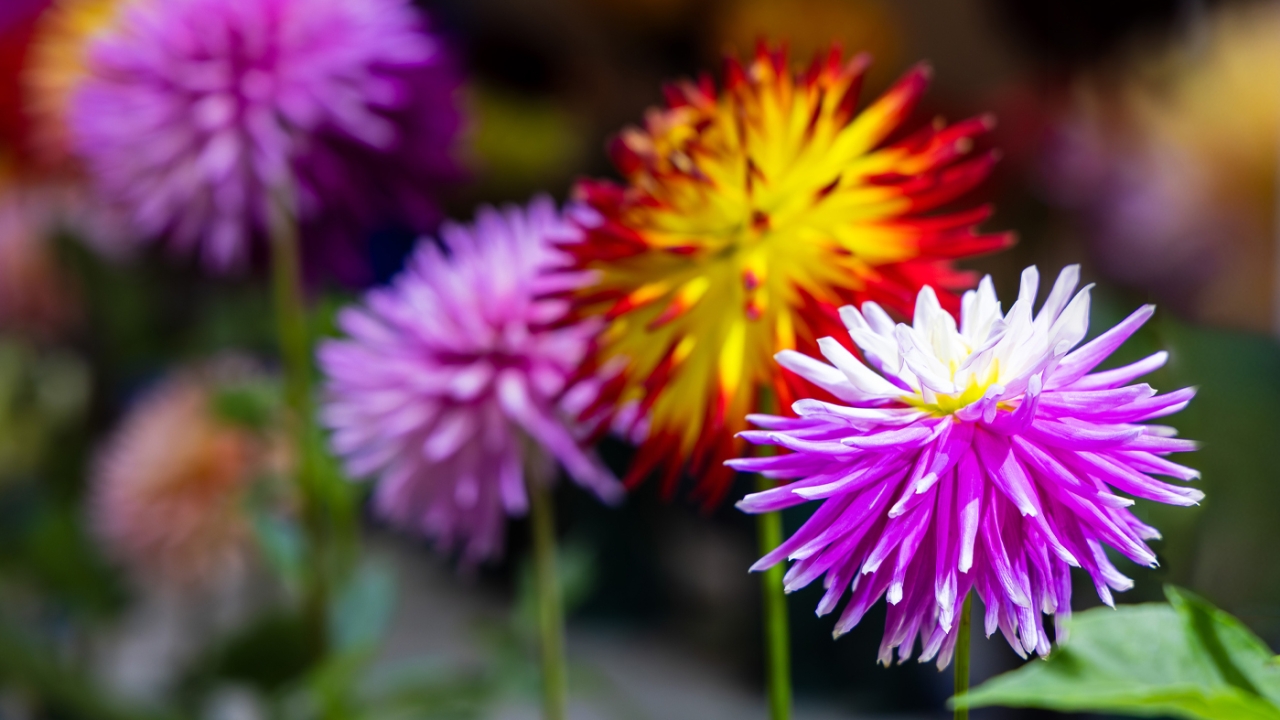

Smart Gardener
Thinking Ahead to Spring: Early Risers
It may be too early (or too painful) to think about autumn’s soon-to-come big chill, the diminishing daylight, and blowing snow. But instead of fretting, think about how wonderful your garden will be early next year with the addition of spring bulbs that provide clumps of delicate flowers—and not just in May, but in February. Yes, now is the time to start planning and planting for an uplifting display of blooms—the early risers—that can grace your home landscape from late winter through spring.
Daffodils, snowdrops, crocus, tulips, grape hyacinths, and glory-of-the-snow (Scilla forbesii) are just a few of the lovely, early-blooming bulbs that put on a stunning show long before most perennials begin to emerge from frozen soil.
Their flowers are a welcome sight during some of the dullest months of the year, but perhaps more important, these early bloomers provide protein-rich nectar and pollen—the first fresh food for hungry bees that emerge on a sunny day after a long winter.
As their name implies, snowdrops sometimes poke out of the snow-covered ground in midwinter—a most welcome sight. And if you plant snowdrops, which often bloom in January, and follow them with a parade of daffodils and other bulbs, the winter may not seem that long. Here are a few favorites to buy and plant now through October. You’ll find more (and can buy them) at the Garden’s Fall Bulb Festival.
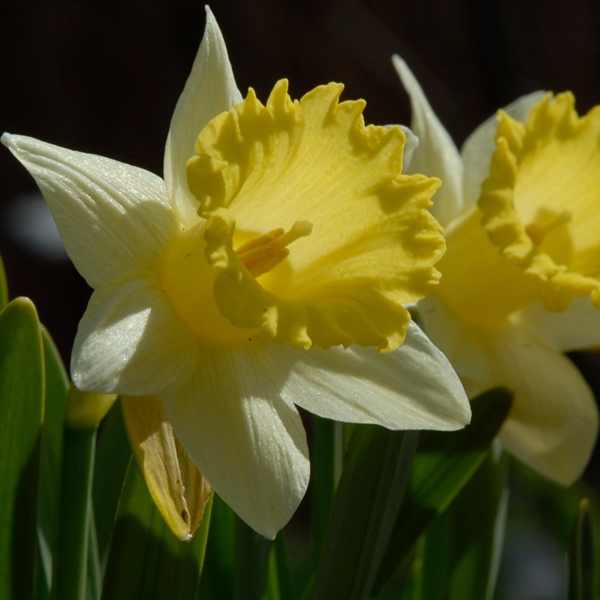
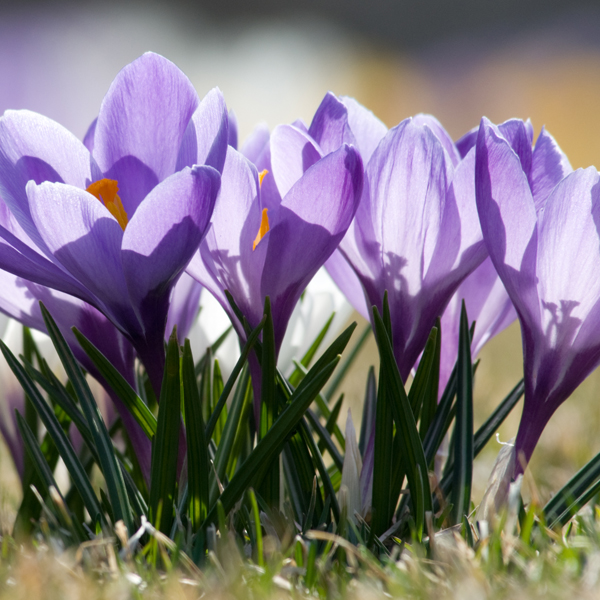
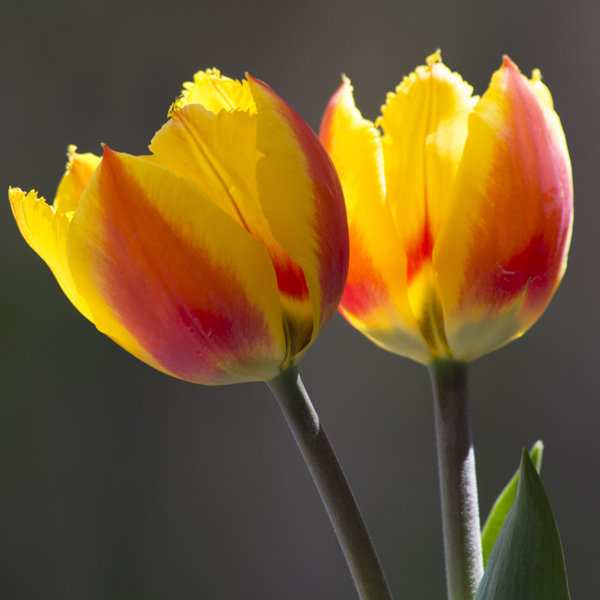
Daffodils (Narcissus)
Daffodils offer nearly three months of bloom from late winter through spring. They range in size from miniatures at 6 inches tall to some that are 2 feet or more in height. According to the American Daffodil Society, there are between 40 and 200 different daffodil species, subspecies, or varieties of species and more than 32,000 registered cultivars (named hybrids) divided among the thirteen divisions.
Crocus
These sweet, short plants with flowers in shades of buttery yellow, purple, and white, often poke their heads above a shallow blanket of snow on sunny days. Place them in planting beds near a walkway so that you can enjoy their cheery bright flowers on a late winter day.
Tulips
Planted in clumps and in drifts along with cool-season annuals, tulips offer bright eye candy in the spring garden. Plant extra so that you can enjoy some cut flowers indoors.
Wild Hyacinth (Camassia quamash)
Cold-hardy and long-lived, these colorful charmers bloom from April through June. They produce spires of beautiful blue wildflowers that thrive in moist loam or clay soil.
Snowdrops
Tiny gems covered with bell-like white and green flowers are among the first to pop out of the ground in winter. Choose a site that gets about six hours of sun and has well-drained soil. Low areas that collect water in winter will cause them to rot. Plant them in groups, 4 inches apart, with each one about 2 inches deep.
Tips
Choose a site that has good drainage and an abundance of organic matter in the soil. Bulbs will rot in soil that remains wet, especially during the winter.
If possible, choose a location next to a south-facing foundation along a house or garage, not a low area. The structure protects plants from north and west winds. The foundation radiates heat and helps the sun warm the soil.
Extend the flowering by selecting bulbs that bloom at different times. For example, there are many daffodils that bloom early, midseason, and late spring.
Follow the planting instructions on the package. Planting too deep will delay or prevent the plants from emerging. Planted too shallow, bulbs may split.
Spring-flowering bulbs can be set in sunny perennial beds, or in shade gardens where they can naturalize and slowly increase in size. Shorter daffodils, for example can be planted around hostas, where the hosta leaves will cover the spent daffodil leaves when they finish blooming.
It’s not uncommon for a snowstorm to flatten taller blooming plants. Cut the flowers before the storm, or cover them with a plant pot anchored with a stone for protection.
As the leaves die down, don’t remove them until they are completely brown. The leaves produce food that will carry the bulbs through the winter.
Nina Koziol is a garden writer and horticulturist who lives and gardens in Palos Park, Illinois.
